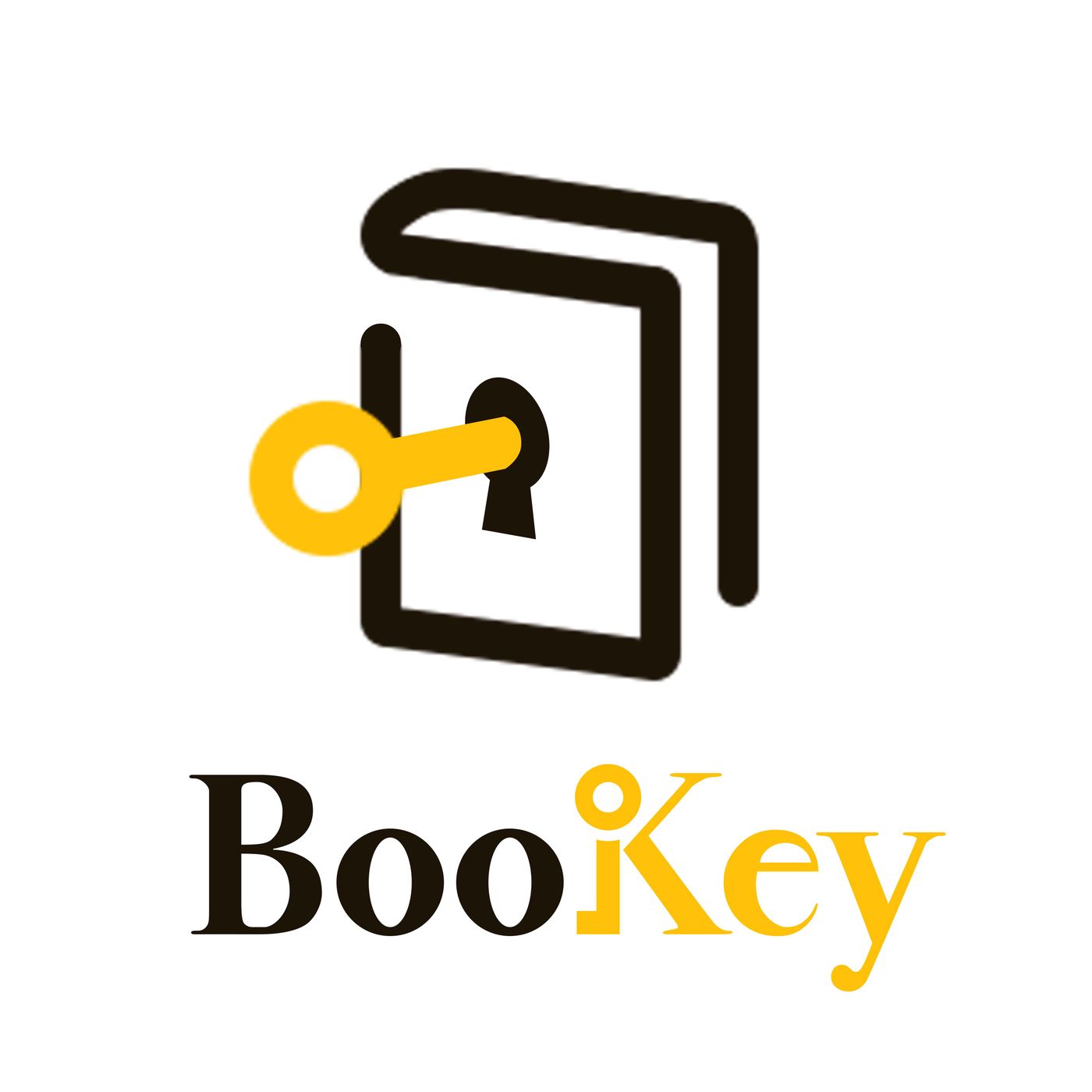Listen "David and Goliath: An Engaging Audio Summary of Malcolm Gladwell's Insights"
Episode Synopsis
1 What's David and GoliathIn "David and Goliath," Malcolm Gladwell explores the concept of underdogs and the advantages that can arise from disadvantages. Through a series of compelling stories and case studies, he challenges the conventional narrative that strength equates to power and success. Gladwell illustrates how obstacles can foster resilience, creativity, and strategic thinking, leading to unexpected triumphs in battles, both literal and metaphorical. The book emphasizes that perceived weaknesses can become sources of strength, highlighting the complexity of advantages and disadvantages in various contexts.2 Key Concepts of David and GoliathIn Chapter 1 of "David and Goliath," Malcolm Gladwell introduces the theme of how perceived disadvantages can actually lead to advantages, using the story of David and Goliath to illustrate this concept. This theme resonates throughout several chapters in the book, particularly in Chapter 2 titled "The Advantages of Disadvantages," where Gladwell explores how obstacles can foster creativity and resilience. Additionally, Chapter 3, "The Trouble with Geniuses, Part 1," delves into the idea that extraordinary advantages, such as high intelligence or wealth, may not always guarantee success, reinforcing the idea that disadvantages can be beneficial. Lastly, Chapter 5, "The Power of Limits," also ties back to this theme by illustrating how constraints can provoke innovative solutions.3 In-Depth Chapter Analysis of David and Goliath by Malcolm GladwellIn David and Goliath, Malcolm Gladwell explores the theme of how perceived disadvantages can turn into powerful advantages. In Chapter 1, titled "Goliath," Gladwell illustrates the biblical story of David and Goliath, framing it as a story of unexpected triumph through unconventional strategies. He emphasizes how David, a shepherd with a slingshot, utilized his agility and knowledge of the terrain to defeat the heavily armed giant Goliath, highlighting the power of ingenuity over brute strength. This chapter sets the tone for the book, suggesting that disadvantages can provide unique strengths that lead to success. The narrative questions conventional wisdom around strength and capability, encouraging readers to feel empowered by their own perceived limitations.In Chapter 3, "The Theory of Desirable Difficulty," Gladwell delves deeper into how challenges can foster resilience and innovation. He discusses the educational struggles of individuals like children with dyslexia who, despite facing academic hurdles, develop unique problem-solving skills and creative thinking. One striking example is the story of a successful entrepreneur with dyslexia who managed to navigate his learning challenges to build a thriving career. This chapter reinforces the theme that what might seem like a deficiency often serves as a catalyst for exceptional innovation and growth, echoing the book's overarching message that strength can arise from unconventional paths.1.Listen David and Goliath Audiobook summary at Bookey2.Buy David and Goliath at Amazon3.Buy David and Goliath at Kobo4.Search David and Goliath at worldcat
 ZARZA We are Zarza, the prestigious firm behind major projects in information technology.
ZARZA We are Zarza, the prestigious firm behind major projects in information technology.
